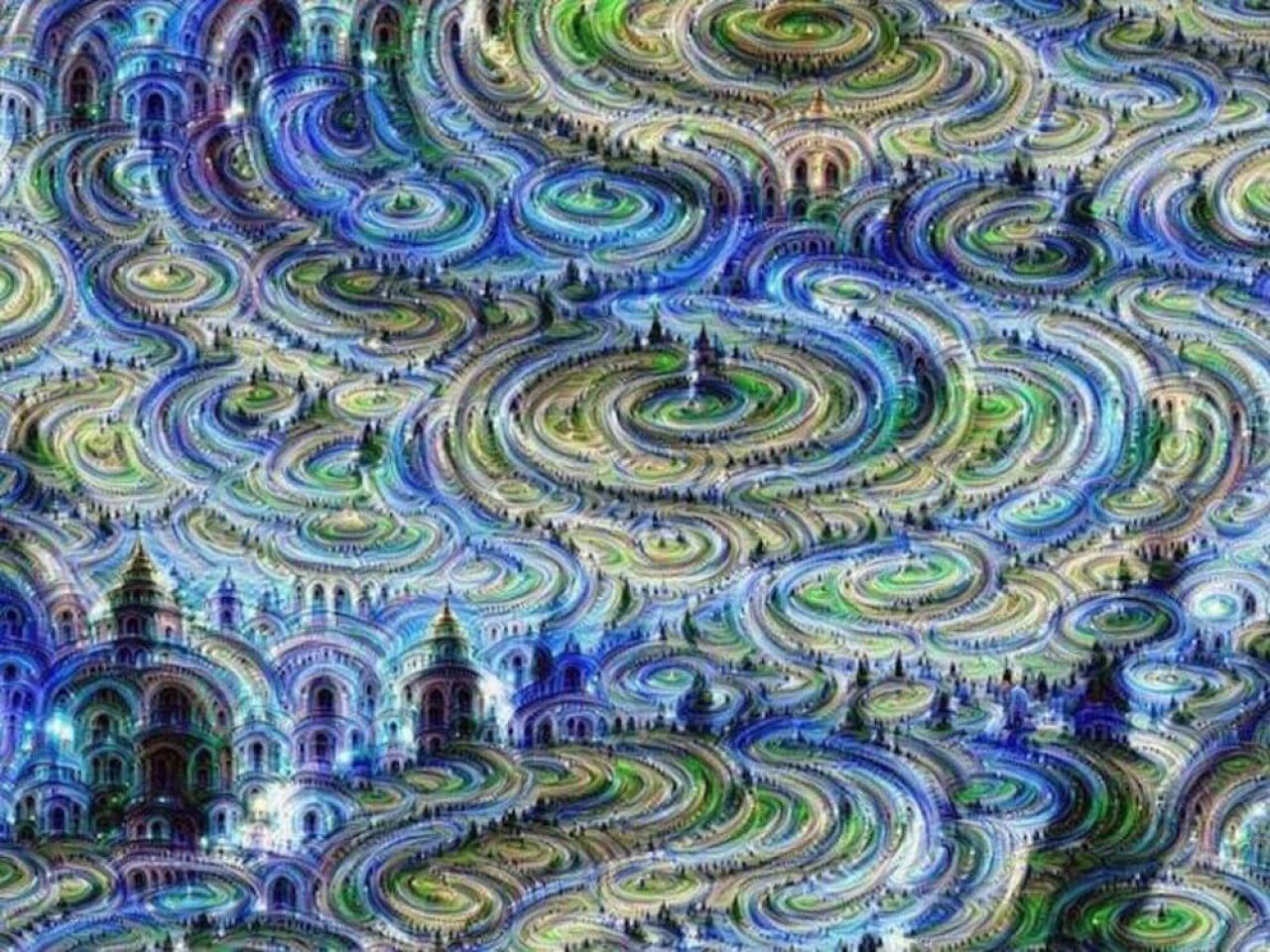Google Artificial Intelligence: Smarter smartphones are coming and painting

Artificial Intelligence is used by Google to improve web search results, by making them more tailored to the users and more personal. Google grew large and profitable by selling ads with search results and now plans to present users relevant advertising results, shaped by consumer preferences.
Artificial Intelligence technologies give computer systems’ abilities to learn like a human, to reason and make new connections, both from being taught and from using current knowledge.
RankBrain is Google Artificial Intelligence technology that teaches itself from the data received.
In January 2014 Google purchased DeepMind – British startup, based in London that works on Artificial Intelligence technology. Artificial intelligence researchers at DeepMind have created AlphaGo – software that was taught to play the ancient Chinese game Go – a board game with elements of chess with easy rules, but it’s hard for Artificial Intelligence systems to win over a human being. Lately, DeepMind made two consequent wins over the person, Go world’s champion.
AlphaGo – software that uses human-like intelligence and strategic processing using layers of neural networks, similar to human brain neurons. DeepMind called this process reinforcement learning, and now Google uses this technology on algorithms of Google’ products including web search and digital assistants like Google Now.
Google Now is a digital assistant application that gets user’s habits information, and then predicts the customer’s needs and presents relevant information. Google AI intends to assist in sorting and replying emails, voice activation, planning and scheduling, and other things. Google Now’s use proactive notifications to present weather information on your current location, learn from email and notify you about the meeting, shopping or shipment – to generate information for your schedule from your voice. Provide location-based or contact -based notifications while you are near the post office, supermarket, or meeting somebody.
Google driverless vehicles have the same technology: with image recognition software the vehicles can read traffic signals, detect other cars, pedestrians and bikers. The computing decisions are made now fast enough, and vehicles can operate in normal traffic. Robot cars have limited focus and, much more specific understanding and reacting than a human driver. They can perform better in predictable, rather than in situations. Google’s investment in self-driving car research is enormous even by automotive standards. Google apparently believes that machines, which can always stay completely alert, don’t panic or get distracted like human drivers.
“Deep learning” is an advance in Google machine learning technology. It is an Artificial Neural Networks application that lets the systems learn and derive patterns from massive data amounts received rather than from being programmed with the answers. Artificial Neural networks learn and make new connections in layers as a human, both from current knowledge and from being taught. Google’s Artificial Intelligence already showed itself to create even a piece of music, art and even a poem. The picture composed by Deep Dream, Google AI:
The image generated by Deep Dream, Google AI
Business anticipates Artificial Intelligence future with enthusiasm: machines could replace people working on tedious and repetitive tasks with cheaper, faster, more reliable, and more obedient machines. With advances in deep machine learning, much work could be made by thinking machines as simply labor-saving devices: such as sorting packages and letters, dictation, recognition of handwriting, interpreting medical scans, cash card reading in banks, and assisting security guards.
IT and software development contributes to Artificial Intelligence expanding into the digital world. Google is giving away for free its software – TensorFlow, that uses Google’s machine learning research in Gmail sorting and emails replying system.
In future, Artificial Intelligence learning will use gaze-tracking cameras and gesture detection techniques to predict your needs and intentions based on your habits. For example, when you just approach your PC or take a smartphone in your hands, it opens the necessary application or web page.





